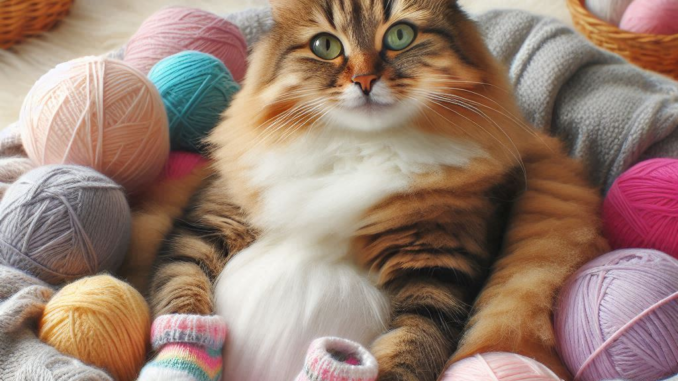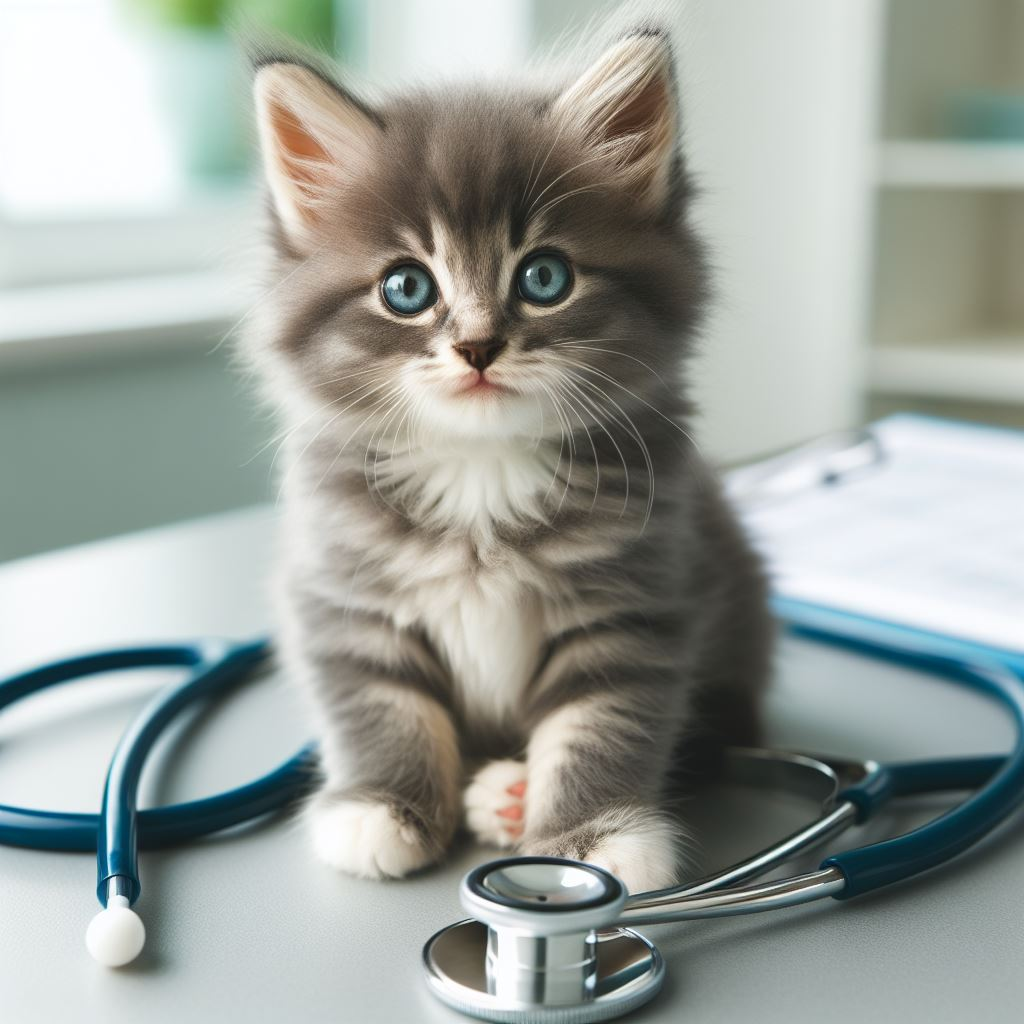
Is it Good to Spay a Pregnant Cat: Furr Parent Guide
If you’ve found yourself with a pregnant cat, you might be wondering about your options. One question that often comes up is whether it’s good to spay a pregnant cat. This is a complex issue that involves health considerations, ethical dilemmas, and practical concerns. Let’s dive into this topic to help you make an informed decision.
Quick Answer
Spaying a pregnant cat can be a good option in many cases. It offers health benefits for the mother cat and helps control pet overpopulation. However, it’s a personal decision that depends on various factors, including the stage of pregnancy, the cat’s health, and your resources.
Understanding Cat Spaying
Before we get into the specifics of spaying pregnant cats, let’s talk about what spaying actually involves. Spaying, also known as an ovariohysterectomy, is a surgical procedure where a vet removes a female cat’s ovaries and uterus. This operation prevents the cat from having kittens and also stops her heat cycles.
When a cat is already pregnant, spaying becomes a bit more complicated. The surgery will end the pregnancy, which is why this decision can be tough for many cat owners.
Health Benefits of Spaying
Spaying a cat, pregnant or not, comes with several health benefits:
- Reduced cancer risk: Spayed cats have a much lower chance of developing mammary (breast) cancer.
- No uterine infections: Spaying eliminates the risk of pyometra, a serious and potentially life-threatening uterine infection.
- No ovarian problems: Without ovaries, there’s no risk of ovarian cysts or tumors.
- Fewer pregnancy complications: Especially for young, old, or unhealthy cats, pregnancy and birth can be risky. Spaying prevents these risks.
Risks of Spaying a Pregnant Cat
While spaying is generally safe, it does come with some risks, which can be higher for pregnant cats:
- Surgical complications: Any surgery carries risks like bleeding or infection.
- Anesthesia risks: Some cats might react badly to anesthesia, though this is rare.
- Longer recovery: Pregnant cats might take longer to heal after surgery.
It’s super important to have an experienced vet do the surgery to keep these risks as low as possible.
The Big Picture: Pet Overpopulation
One of the main reasons vets often recommend spaying pregnant cats is to help control the pet population. Animal shelters across the country are packed with cats and kittens looking for homes. By spaying a pregnant cat, you’re preventing more kittens from potentially ending up in shelters.
Here’s a sobering statistic: According to the ASPCA, about 3.2 million cats enter U.S. animal shelters every year. That’s a lot of cats! By choosing to spay, you’re doing your part to help manage this ongoing issue.
Ethical Considerations
Now, let’s talk about the elephant in the room – the ethical side of this decision. This is where things can get tricky, and it’s totally normal to have mixed feelings.
The Emotional Impact
For many people, the idea of ending a pregnancy, even in cats, feels wrong. It’s okay to feel conflicted about this. These feelings are valid and show that you care deeply about animals.
Quality of Life Considerations
On the flip side, it’s important to think about the quality of life for both the mother cat and potential kittens. If you’re not prepared to care for a litter of kittens (and trust me, it’s a lot of work!), or if you can’t ensure good homes for them, allowing the pregnancy to continue might not be the best choice.
A Personal Story
Let me share a story that might help put things in perspective. My friend Sarah found a stray cat in her backyard last summer. The cat, who Sarah named Whiskers, turned out to be pregnant. Sarah was torn about what to do.
“I felt like I was between a rock and a hard place,” Sarah told me. “On one hand, I loved the idea of cute kittens. But on the other hand, I knew I couldn’t keep them all, and I was worried about finding good homes.”
After talking with her vet and doing some soul-searching, Sarah decided to have Whiskers spayed. The surgery went well, and Whiskers recovered quickly. Sarah says she still sometimes wonders about the kittens that might have been, but she feels she made the right choice for Whiskers and for the broader cat community.
Practical Considerations
If you’re facing this decision, here are some practical things to think about:
Stage of Pregnancy
The stage of pregnancy matters a lot. Early-stage pregnancies (before about 4 weeks) are generally safer to spay. Later-stage pregnancies can make the surgery more complicated and risky.
Your Resources
Be honest with yourself about your ability to care for a litter of kittens. They need round-the-clock care for several weeks, including regular feeding, keeping them warm, and helping them go to the bathroom. It’s a big commitment!
Finding Homes
If you decide to let the pregnancy continue, do you have homes lined up for the kittens? Remember, cats can have anywhere from 1 to 8 kittens in a litter, with the average being 4.
Making Your Decision
After considering all these factors, how do you make a decision? Here are some steps that might help:
- Talk to a vet: Get professional advice about your specific situation.
- Consider timing: How far along is the pregnancy?
- Be realistic: Can you care for and rehome a litter of kittens?
- Check local resources: Are there low-cost spay/neuter clinics in your area?
- Trust yourself: After weighing the pros and cons, trust that you’re making the best decision you can.
Conclusion: A Complex Decision
Deciding whether to spay a pregnant cat isn’t easy. It involves weighing health risks, ethical considerations, and practical realities. Remember, there’s no one-size-fits-all answer. What’s right in one situation might not be right in another.
Whatever you decide, know that you’re not alone in struggling with this choice. By taking the time to consider all aspects of the situation, you’re already showing that you care deeply about the well-being of cats.
If you do decide to spay, work with a vet you trust to ensure the best possible outcome. And if you choose to let the pregnancy continue, be prepared for the work ahead and start early in finding good homes for the kittens.
Remember, responsible pet ownership is about making thoughtful decisions that consider both the individual animal and the broader impact on pet populations. By wrestling with tough questions like this, you’re contributing to the welfare of cats everywhere.
Next Steps
If you’re still unsure, here are some next steps you can take:
- Schedule a consultation with a vet to discuss your specific situation.
- Reach out to local animal shelters or rescue groups for advice or support.
- If you decide not to spay, start preparing for kitten care and finding homes.
- Consider volunteering or donating to organizations that help manage feral cat populations through Trap-Neuter-Return programs.
Whatever path you choose, your care and concern for cats is making a difference. Keep asking questions, staying informed, and doing your best for our feline friends!


Leave a Reply